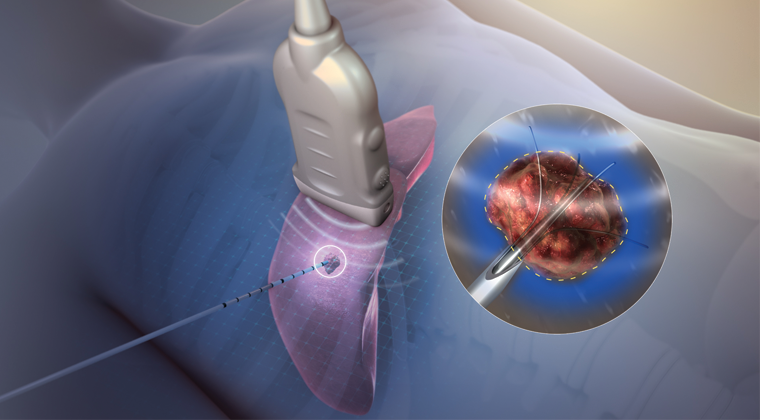Peripheral Nerve Block
What is the purpose of this procedure?
Temporarily blocking a nerve going to an area that hurts can give your physician diagnostic information about the source of your pain. If the area that gets blocked is numb but your pain is not improved, then this usually means that the nerve is not involved in your pain condition.
What are the risks associated with this procedure?
- Bruising
- Infection
- Numbness and weakness that will wear off over the next few hours
- No change in pain
How should I prepare for the procedure?
You must have a driver with you at the time of check-in and check-out. Your driver must accompany you to the clinic for your procedure. You can be discharged only to the care of a responsible adult driver 18 years of age or older.
• It is important that you do not eat within 6 hours before the procedure. Small amounts of clear liquids are ok up to 2 hours before the procedure. If you are a diabetic, be sure to discuss an eating and medication schedule with your doctor.
• Do not take your regular pain medicine the day of the procedure, but you can restart it after the procedure.
• You may need to stop taking certain medications several days before the procedure. Please remind the doctor of all prescription and over-the-counter medications you take, including herbal and vitamin supplements. The doctor will tell you if and when you need to discontinue the medications.
• It is very important to tell the doctor if you have asthma or had an allergic reaction to the injected dye for a previous radiology exam (CT scan, angiogram, etc.). An allergic reaction has symptoms such as hives, itchiness, difficulty breathing, or any treatment which required hospital stay. The doctor may prescribe medications for you to take before having the procedure.
• Tell the doctor if you develop a cold, fever, or flu symptoms before your scheduled appointment, or if you have started taking antibiotics for an infection.
What will happen during the procedure?
- The skin over the injection site will be cleaned
- The doctor will numb a small area of skin with numbing medicine that will sting for a few seconds
- A needle will be inserted to lie just next to the targeted nerve without injuring it.
- You might feel a slight electric shock as the needle is placed alongside the nerve
- The doctor will ten inject numbing medicine to numb the nerve and then the needle will be removed
What should I expect after the procedure?
- You will be asked to report your pain level in a pain diary for your next clinic visit, or you may be asked to walk for 30 minutes and then return to the clinic to report your pain level
- Your arm or leg may feel temporarily numb or weak for several hours – if this happens do not attempt to walk without assistance
- You may be asked to work with a physical therapist while the numbing medication is active
- After the procedure do not drive for the rest of the day
- You can return to your normal activities including work the following day
Content supplied by:
Ronald Wasserman, M.D.
1.29.2020
Disclaimer: This document contains information and/or instructional materials developed by Michigan Medicine for the typical patient with your condition. It may include links to online content that was not created by Michigan Medicine and for which Michigan Medicine does not assume responsibility. It does not replace medical advice from your healthcare provider because your experience may differ from that of the typical patient. Talk to your healthcare provider if you have any questions about this document, your condition or your treatment plan. Patient Education by Michigan Medicine is licensed under a Creative Commons Attribution-NonCommercial-ShareAlike 3.0 Unported (CC BY-NC-SA 3.0) License. Last Revised 06/ 2018.



